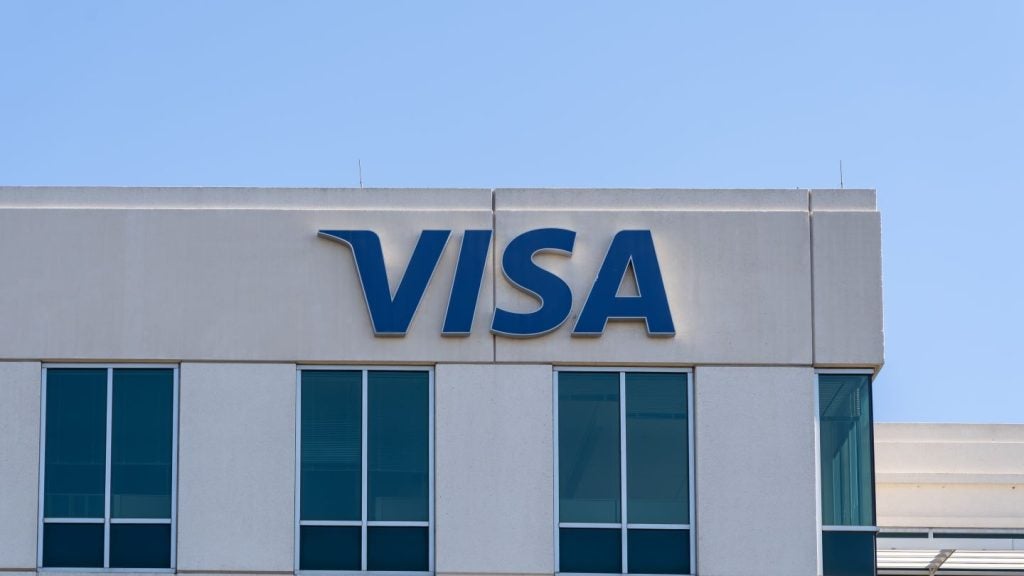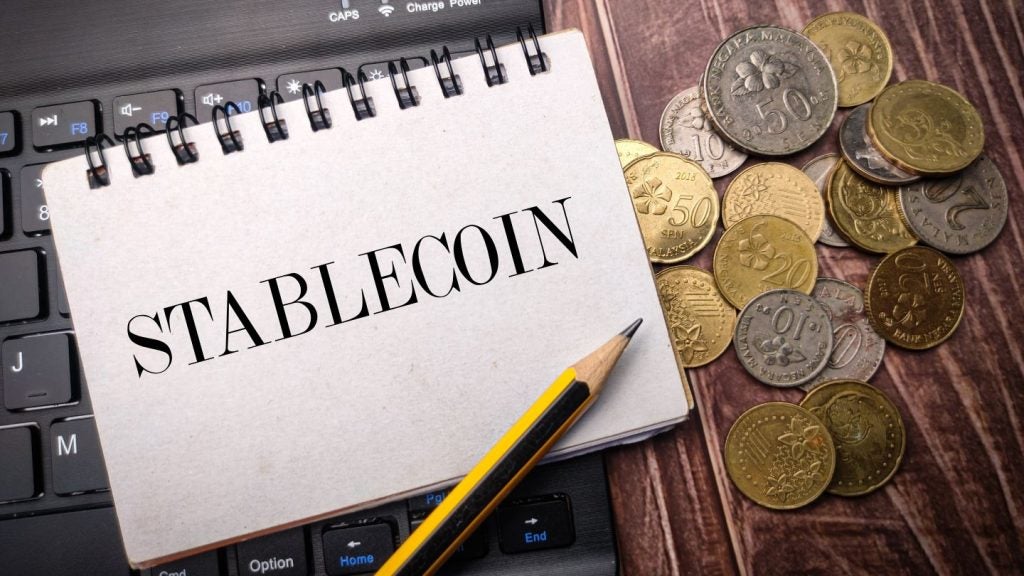As technology moves forward, it becomes easier for consumers to make payments. When cards moved payments into your wallet, smartphones arrived and moved them to your mobile. Now, with the emergence of wearable technology, you don’t even need to reach into your pocket. Patrick Brusnahan investigates
Frictionless is an oft-used buzzword when talking about financial technology. While moves had been made in this space previously, the game-changer was the introduction of contactless solutions. From near-field communication (NFC) on payment cards to host card emulation (HCE) on mobile phones, contactless is making itself known in every sector.
This has now coincided with the wearables trend. From wristbands to gloves, and even eyewear, it seems that every item of a consumers’ ensemble will be able to make payments in the near future. Why has this taken the industry by storm?
Engaging with something new
Speaking to EPI, Balazs Vinnai, digital channel general manager at Misys, says: "At this moment, financial life is full of different frustrations. Not just going into the [bank branch], but using old-school digital solutions which, sometimes, are really frustrating.
"One of the reasons some people feel this frustration is because people don’t compare banking solutions to other banking solutions. If they are using a digital banking solution, they compare it to Google or another web service; something they use on a daily basis.
"That’s why we need to harmonise our solutions better, because of the level of service that companies such as Google or Facebook provide. The wearables can be an important part of this."
Barclaycard has made several strides into wearable technology, primarily through its bPay arm. Launched in July 2015, bPay offers NFC-enabled wristbands, key fobs and stickers to make payments across the UK, as well as utilising it on Transport for London’s (TfL) network.
This has led to more experimental and fashionable concepts, including contactless gloves, a contactless jacket in partnership with fashion company Lyle & Scott, and a range of products with Topshop. This move has seen ‘great engagement’, according to Barclaycard. Since launch, there have been 250,000 transactions for travel alone.
Tami Hargreaves, commercial director of digital consumer payments at Barclaycard, tells EPI: "While the trends we’ve seen in wearables have been significant globally, I think there’s a lot more promise in the industry today about new technology.
"Technology is now becoming huge with other functional devices; whether it’s fashion, and smart clothing, or fitness, there are a significant number of trends which are about bringing together relevant and practical functional features that make people’s lives a bit easier.
"We’ve had some great early adopters; that youthful, tech-savvy market. Having said that, the appeal is broad. It really does reach from the ages of 12 to 84 in terms of our customer base," Hargreaves adds.
Interestingly, we do get feedback around the different customer preferences around the range. I think we’ve been able to offer them a choice, and a choice on how to pay differently has been very appealing.
"It’s not necessarily for everyone in the market today, but those who have adopted have found it sticking."
CaixaBank has also found success with its work in wearable technology. After months of testing and simulations, it was the first bank in Europe to create Visa contactless bracelets in August 2014.
A spokesperson from the bank tells EPI: "At the end of 2015, CaixaBank has more than 80,000 users of wearable technology, which means a remarkable result for an emerging technology.But wearable devices are only just beginning to emerge from the market, and are far from being in widespread use. Thus, this innovation stands out for its qualitative rather than quantitative value.
"Feedback from clients is very positive; making contactless payment the most used system by the client. The main advantages the clients underline are comfort, ease and security, because clients receive a push notification in their smartphone every time they use the bracelet."
"Moreover, clients who use this payment system have increased the use of electronic payments. In CaixaBank, we keep betting on innovation to serve clients," the spokesperson explains.
Credibility
While this new solution is gaining traction, work is needed for it to become a mainstream option for consumers. One aspect of this is to improve the technology. Vinnai believes this lies in two aspects: proximity payments and voice command.
He says: "Today, voice command can be a frustration, but if you remember what touchscreens used to be before smartphones, they were also a frustration. If voice recognition is unable to understand your language or accent, then it is a frustration, but it is getting better."
However, the mentality within financial institutions also needs to change. The attitude has to shift to truly consider wearable technology.
Vinnai adds: "The general issues are that digital transformation is not just a new, sexy user interface on existing solutions. Developers need to change the paradigm of what they are thinking.
"We believe that all of the thinking needs to start from the customers’ eyes and, of course, this is not a new thing.
"[Banks] are always talking about it, but, honestly, in the last 15 years, even if they talk about CRM or Big Data, they don’t do that much. This isn’t just a technology thing, but also a transformation issue and how banks are able to change their processes to provide or give a better service on the digital front," Vinnai continues.
"If you look at some of the examples in the banking market, the real disrupters are already there: Fidor, Mondo, or any of these types of services mainly based on mobile services or a mobile strategy. This side of customer experience already exists in the market. For banks that already have the legacy, it is much more difficult to change in this direction."
Security
As wearables are an easier solution with less friction, questions are raised on the security of it all. Contactless fraud, according to Which?, is ‘too easy’ and consumers could be exploited. Vinnai agrees that it
‘is an issue’.
CaixaBank says: "One limitation for any financial device is the need to ensure airtight security. It is vital that the same security levels are upheld, regardless of whether payments are made by cards or bracelets.
"This extends beyond providing the actual technical security; we must also ensure that clients perceive transactions via bracelets to be fully secure.
"CaixaBank wristbands have all the same security features as normal contactless cards. Thanks to EMV technology, purchases made with the band are fully encrypted. Besides, clients have full control of operations made with their bracelets, and receive a push notification for each transaction."
Hargreaves believes that the security issue is top priority and the solution might have already been found: biometrics.
She says: "Some of the wearables designers are already experimenting with biometrics and we’re seeing a huge amount of biometric innovation, not just in wearables, but in other forms.
"Being alert to fraudster attacks in wearables is at the forefront of our minds, we have a tonne of experience in that as a financial institution.
"One of the benefits of having bPay as a sub-brand of our core is that we can bring all that expertise and leverage that knowledge. We have a kill switch in the app, which can also just disable the wearable," Hargreaves continues.
"Money can be transferred back to your account. It’s about staying alert and constantly monitoring the data we see and making sure that we are able to select and introduce new triggers and control when we need to.
"It’s going to be an interesting evolution as we move forward in the next couple of years around how wearables interact with other identifiers, such as your heartbeat; there will be advancements in that going forward," she added.
Entering a global scale
While bPay has been success in the UK, where contactless is booming, the rest of the world is a less sure prospect.
As Hargreaves comments, there are some examples of payment wearables in other markets in existing financial organisations. "I think more and more, as the market grows, particularly throughout 2016, we’ll get into not payment-only devices, but when you start to think of what the generation looks like, integrating the payments technology into other devices that function.
"Whether you integrate it into a fitness device or something else, it brings many functions together for the consumer," Hargreaves adds.
"Barclaycard is developing the concept of competing for space on the arm, in terms of multiple bands doing multiple things. More would move towards multiple functionality in one or two devices that could be connected with each other.
Globally, we definitely think there’s an interest. We are very interested," comments Hargreaves.
Research from Misys stated that of banks that have no wearables strategy in place, 78% are in the EU and the US and that there is a stronger appetite for innovation from Latin American and Asian regions.
However, the demand tells a different story. A study from The NPD Group found that 15.6 million smartwatches and activity trackers are forecast to be sold in North America and 12.5million in Western Europe in 2015.
Vinnai says: "The banks have tried to implement [wearables] in their roadmap. However, this is very region-orientated. The more developed parts of the world, such as the US and the EU, are less interested in wearable technology, while Asia-Pacific and Latin America are very enthusiastic about it.
"I think that most of the banks are just waiting to see how these things go forward, particularly how many devices each provider sells. This is getting very close to inflexion level, and banks will change their minds."
Another study conducted by Misys, in collaboration with Efma, claims that banks are toting the next three years as the era in which digital customer-driven sales will usher in wearables. The forecast leap from 13% today to 75% of sales conducted via digital channels by 2018 is staggering.
With 82% of banks predicting that smartwatches will facilitate financial transactions in the future, it is ‘not a trend to be ignored’. Vinnai concludes: "I believe in the watches. The Samsung Gear 2 and the Apple Watch are easy to use, particularly with proximity payments. It’s a good, easy way to make a payment. For normal daily-life usage, this is an important point.
"We never know, and I never know, what will come up in the future. There are interesting new experiments, such as contact lenses, which can change the whole dynamic of wearables, but at the moment, I believe watches are the solution."







